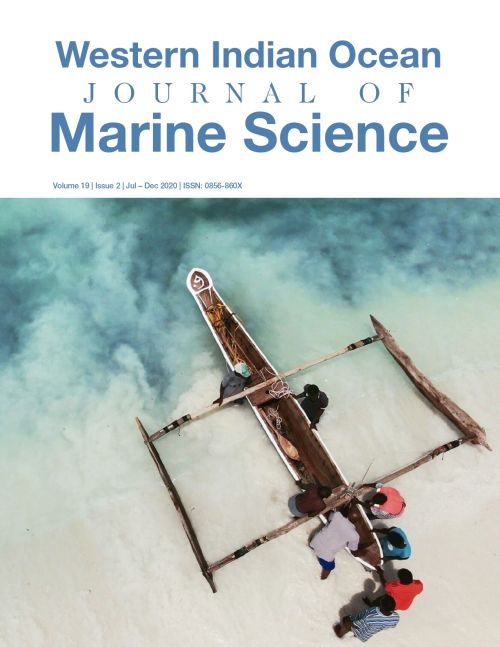Main Article Content
Conservation of cultural heritage for community socio-economic prosperity: The case of Lamu East and West Sub-Counties, Lamu County, Kenya
Abstract
Worldwide, cultural heritage has become both an element and a tool for achieving socio-economic prosperity.
This study assessed the contribution of conservation of cultural heritage as a resource for the development of Lamu County. A descriptive survey design was used to conduct the study. Proportionate and systematic random sampling procedures were used to sample key informants and households selected from a sampling frame obtained from Lamu West and East Sub-Counties. An interview schedule and a semi-structured questionnaire were used to collect data from key informants and households respectively. Data were analysed using descriptive statistics and narratives. The results revealed that cultural heritage conservation contributes to job creation both directly and indirectly. However, cultural barriers contributed to observed exclusivity in benefitting from income generated from tangible and non-tangible activities. Revenue gains from the cultural heritage are also limited by the poor state of sites such as Pate and Ishakani ruins. The study recommends development and implementation of training programmes in cultural heritage conservation activities to ensure the community is educated and empowered to utilize cultural heritage for socio-economic development. The Government should also institute proper revenue sharing mechanisms to enhance socio-economic development of the Lamu County community.




